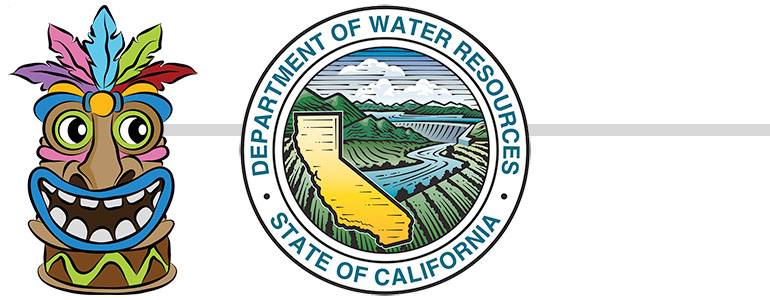
Watching swift-water rescues from what are usually dry creek beds might lead you to wonder how Southern California above-ground water reservoirs are filling after weeks of one storm after another. (I say: keep ’em coming!)
The answer, according to the latest information from the California Department of Water Resources: better, but we need more!
| Name of Reservoir | % of Capacity | % of Historical Average |
| Cachuma data from January 14 |
85% | 132% |
| Casitas data from January 13 |
37% | 51% |
| Castaic | 54% | 70% |
| Diamond Valley | 61% | 84% |
Reservoirs in Northern California are filling in a similar fashion, and are likewise not at capacity although four are above their individual historical average.
Meantime, the snowpack in the Sierras is looking good, too:
This from the California Cooperative Snow Survey for the Southern Sierras as of January 16, 2023:
| Description | |
| Number of stations reporting | 32 |
| Average snow water equivalent | 32.1 inches |
| Percent of April 1 average | 142% |
| Percent of normal for this date | 288% |
Southern California also gets water from the Colorado River via Lake Mead, which is near its all-time historical low despite all the rain. Some moderate good news: “Snowpack in the Upper Colorado River Basin is more than double the average normally seen at this time of the year, according to the U.S. Bureau of Reclamation’s website.” As all that snow melts, it trickles downstream and into Lake Mead, formed by Hoover Dam.
The information for this article comes from a California-reservoir-status-20220116 (pdf) that was last updated at midnight on January 15, 2023.
